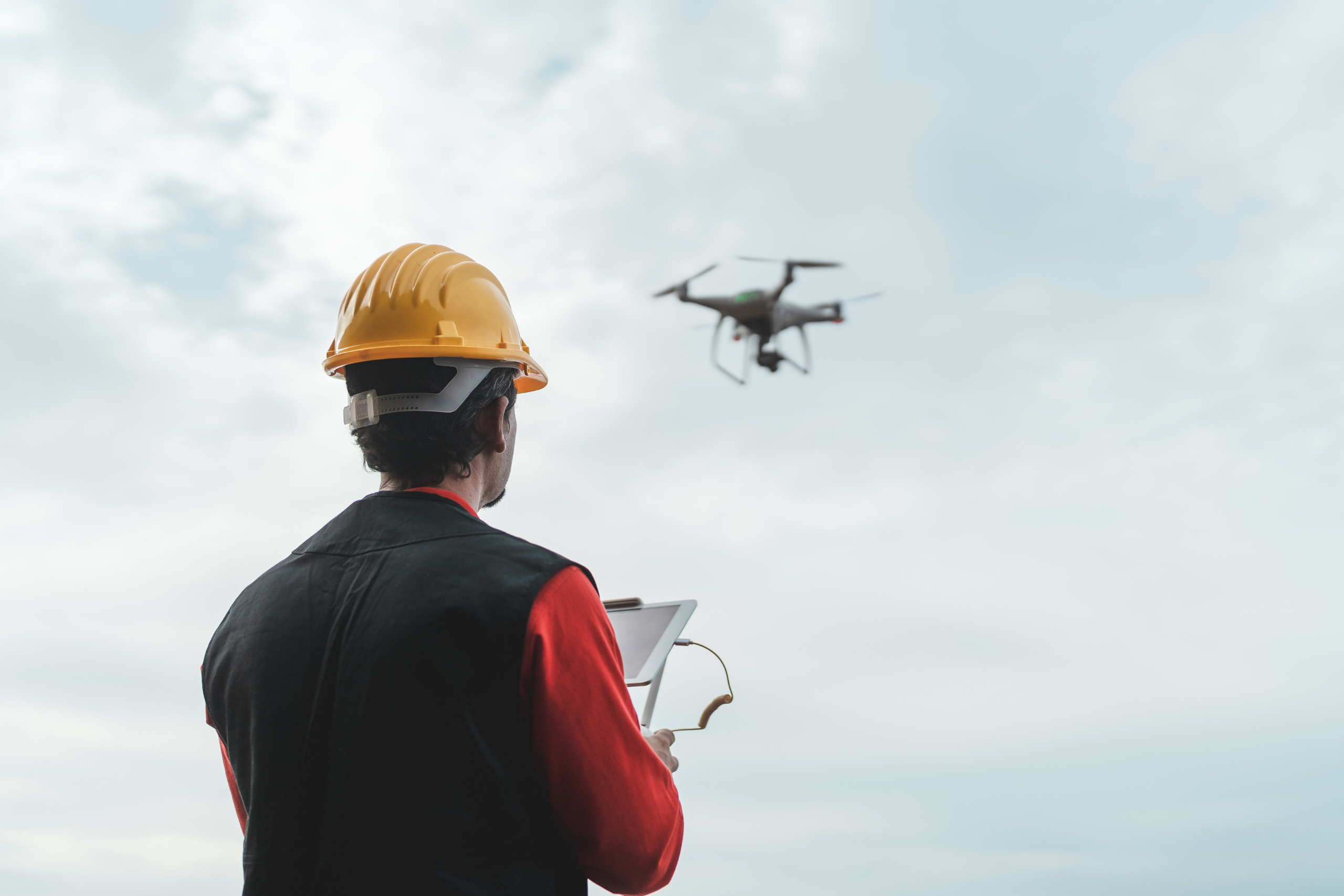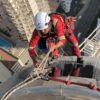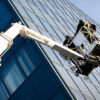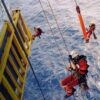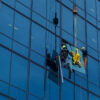In the bustling city of Abu Dhabi, where architectural marvels stand as testaments to modernity and innovation, the importance of facade inspection cannot be overstated. Facades not only define the aesthetic appeal of buildings but also play a crucial role in ensuring structural integrity and safety. In this blog, we delve into the significance of facade inspection in Abu Dhabi, exploring pioneering techniques that are revolutionizing the field of structural assessment.
Understanding Facade Inspection:
Facade inspection is a comprehensive process that involves the thorough examination of a building’s exterior envelope, including walls, windows, doors, and cladding systems. The primary objectives of facade inspection are to identify defects, assess structural integrity, and determine maintenance requirements.
Importance of Facade Inspection in Abu Dhabi:
- Structural Safety:
- With the rapid pace of urban development in Abu Dhabi, ensuring the structural safety of buildings is paramount. Facade inspection helps detect potential issues that could compromise the stability of structures.
- Environmental Considerations:
- Abu Dhabi’s harsh climatic conditions, including high temperatures, humidity, and sandstorms, can take a toll on building facades. Regular inspection allows for early detection of weather-related damage and facilitates timely repairs.
- Compliance with Regulations:
- Adherence to building codes and regulations is mandatory in Abu Dhabi. Facade inspection ensures compliance with safety standards and helps prevent legal liabilities associated with structural failures.
- Preservation of Aesthetics:
- Facades contribute significantly to the visual appeal of Abu Dhabi’s skyline. Inspection and maintenance efforts help preserve the architectural integrity and attractiveness of buildings, enhancing the city’s overall aesthetics.

Pioneering Techniques for Facade Inspection:
- Drone Technology:
- Utilizing drones equipped with high-resolution cameras allows for aerial inspections of building facades, providing detailed imagery for analysis without the need for scaffolding or manual intervention.
- LiDAR Scanning:
- Light Detection and Ranging (LiDAR) technology enables accurate three-dimensional scanning of building exteriors, facilitating precise measurements and identification of structural anomalies.
- Infrared Thermography:
- Infrared thermography is employed to detect hidden defects such as moisture infiltration, insulation deficiencies, and thermal irregularities within facade components, aiding in early problem detection.
- Ground-Penetrating Radar (GPR):
- GPR technology is utilized to assess the condition of underlying structures, such as concrete walls and foundations, by emitting electromagnetic waves and analyzing their reflections.
- Non-Destructive Testing (NDT):
- Non-destructive testing techniques, including ultrasonic testing, radiography, and acoustic emission testing, are employed to evaluate the integrity of facade materials without causing damage to the structure.
Benefits of Innovative Facade Inspection Techniques:
- Enhanced Accuracy:
- Pioneering techniques offer greater precision and detail in structural assessment, enabling early detection of defects and minimizing the risk of overlooking critical issues.
- Cost-Effectiveness:
- By identifying problems in their early stages, innovative facade inspection methods help prevent costly repairs and prolong the lifespan of building facades, resulting in long-term cost savings.
- Improved Safety:
- Drone-based inspections and remote sensing technologies eliminate the need for manual inspection at heights, reducing the risk of accidents and enhancing worker safety.
- Time Efficiency:
- Advanced inspection techniques expedite the assessment process, allowing for quick identification of structural issues and timely implementation of corrective measures.
Case Studies: Leading the Way in Facade Inspection
- The Louvre Abu Dhabi:
- The iconic Louvre Abu Dhabi exemplifies the use of cutting-edge facade inspection Technique for Structural Assessment to ensure the structural integrity and longevity of its unique dome-shaped exterior.
- The Etihad Towers:
- The facade inspection and maintenance of the Etihad Towers showcase the application of innovative technologies to preserve the sleek and modern appearance of one of Abu Dhabi’s prominent landmarks.

Conclusion:
facade inspection abu dhabi is an indispensable aspect of urban maintenance in Abu Dhabi, where architectural excellence meets stringent safety standards. By embracing pioneering techniques and leveraging advanced technologies, the city can proactively address structural challenges and uphold its reputation as a global hub of innovation and progress. At [Your Company Name], we are committed to pioneering excellence in facade inspection services, contributing to the sustainable development and resilience of Abu Dhabi’s urban landscape Technique for Structural Assessment.

